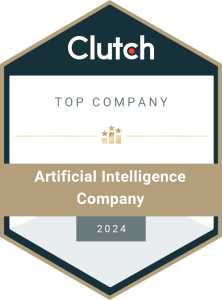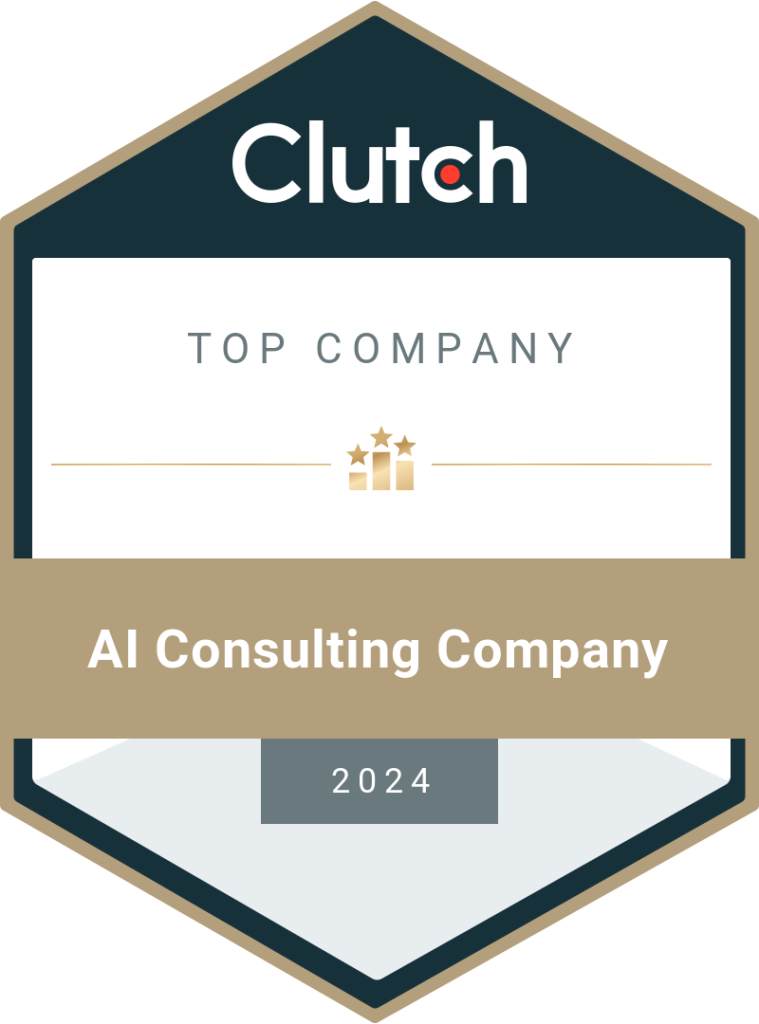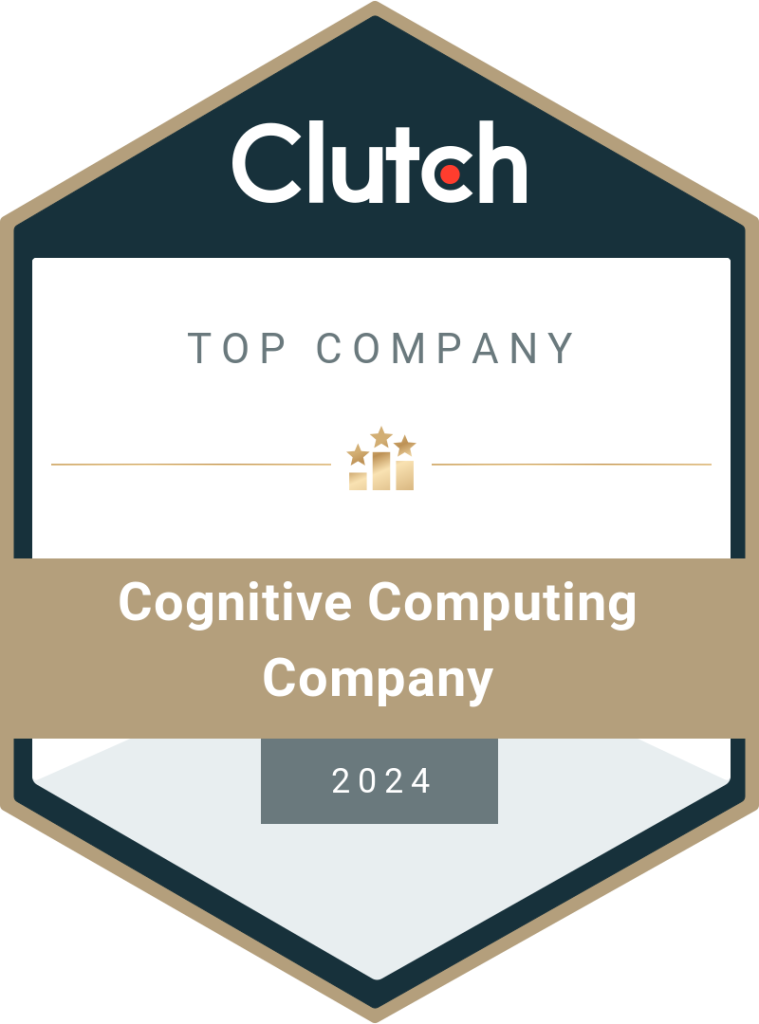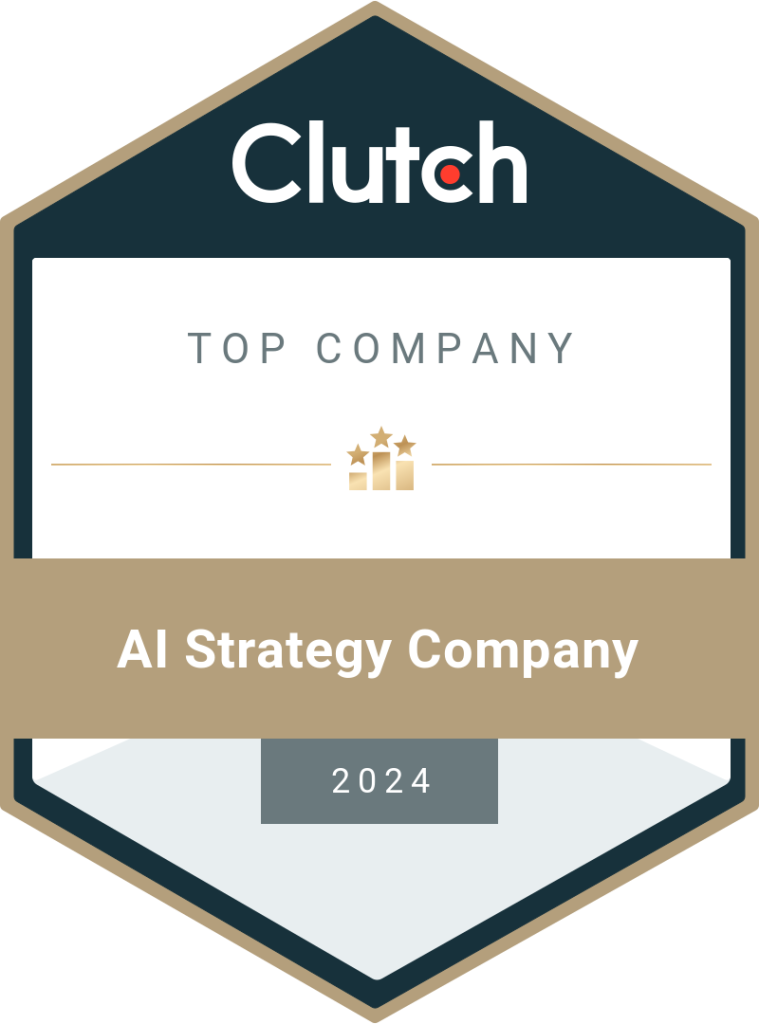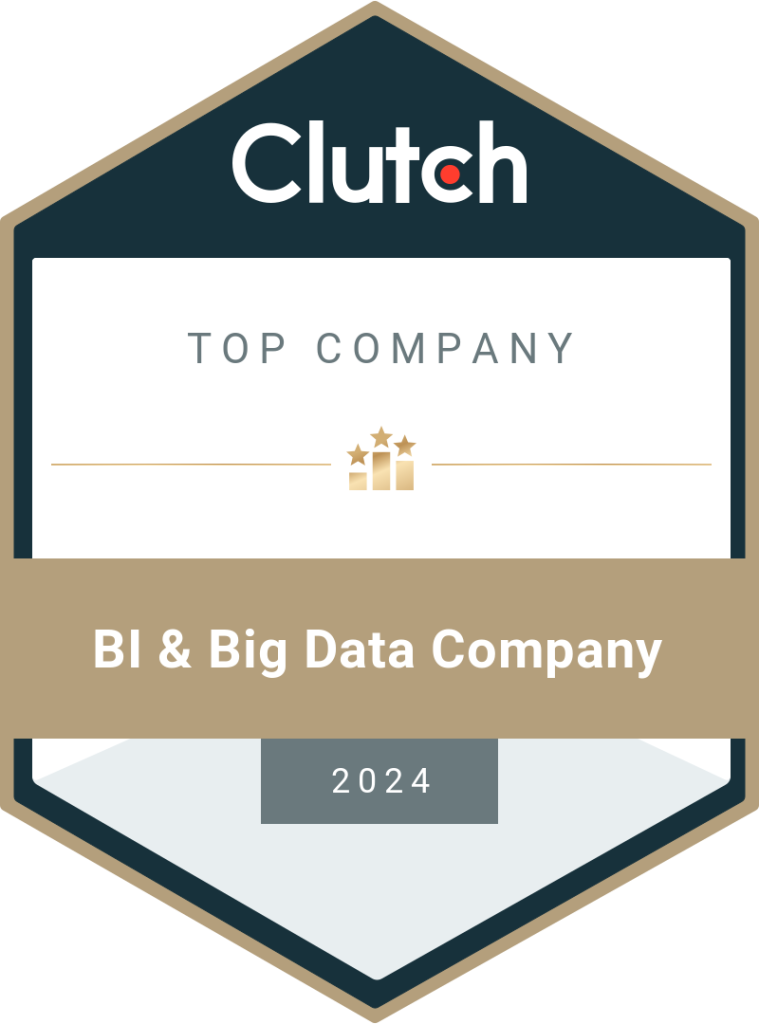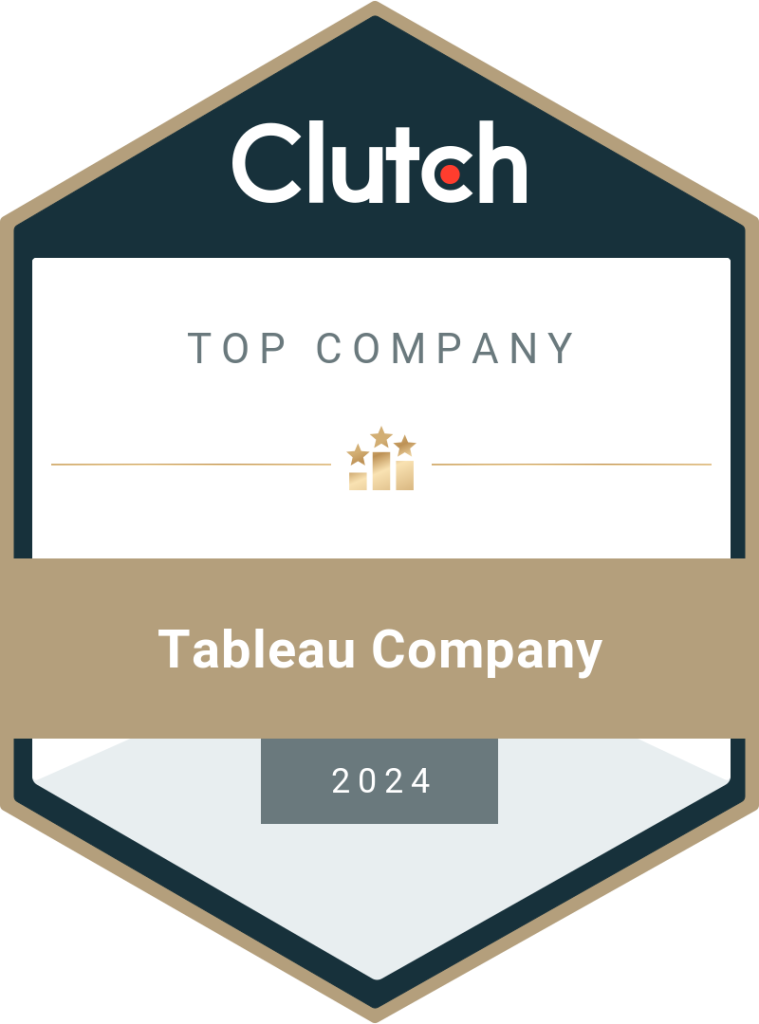Why Should You Hire A Data Engineering Consultant – Full Guide
Data engineering is the process of establishing the data architecture to perform data analytics and create visualization reports. Data engineers offer a range of services for enterprises to use real-time insights for decision-making. We’ll discuss the need to hire a data engineering consulting company for a business. Businesses need a competitive advantage in today’s market. Technology plays a major part in empowering an organization to be ready for market opportunities. Data is another vital and integral part of a business. Combining both aspects makes an enterprise capable of using data to make better decisions. However, raw data cannot be of much use to end-users and decision-makers. It has to be cleaned, formatted, structured, and formatted to prepare for analytics and business intelligence. That’s the responsibility of data engineers and data engineering consultants. These are the ones who ‘engineer’ vast amounts of data and prepare it for data scientists to perform advanced analytics using AI and ML algorithms. According to Zippa, there’s a high demand for Data Engineers in several parts of the US. From Silicon Valley in California to New York, Chicago, Virginia, Miami, Dallas, Washington, and many more, almost every US state has businesses looking for Data Engineers to help with digital transformation. The Data Engineering market in India is also growing rapidly. Indian Data Engineering is expected to grow at a CAGR (compound annual growth rate) of 36.7% by 2027 and touch 86.9 billion USD. The banking and insurance sector has employed the highest share of data engineers in India at 37.7%, compared to other non-IT sectors. Let’s find out why you should hire a data engineering consultant and what you need to consider when choosing a consulting company for your business needs. What is Data Engineering? Data engineering is a critical part of the data science hierarchy. It is the process of preparing and managing big data in an enterprise for data scientists to perform analytics and drive actionable insights. Data engineering ensures that the data used for business intelligence is of high quality and delivers accurate results. Data engineering involves the building of data models and connecting them to data pipelines. It includes ETL (Extract, Transform, and Load) of big data to avoid redundancy and filter poor-quality data. As the demand for business intelligence and actionable insights grows in the market, the need for qualified data engineers has also rocketed. According to a survey conducted by Interview Query, the demand for data engineers grew by around 40% in 2020. Data engineering is the foundation on which date scientists build their AI and ML models. What Does a Data Consultant Do? A data consultant creates the base work to collect data and process it for analytics to drive insights. They make use of the latest tools and technologies to clean, format, and structure large volumes of data in a quick time. The main job of a data engineering consultant is to identify the right technologies, processes, and strategies to manage data in an enterprise. In 2017, Gartner reported that 85% of big data projects don’t succeed. Two years later, in 2019, Gartner reported that 80% of the projects continued to fail. The lack of proper big data processing infrastructure is considered the reason for this failure. A data engineer or a data engineering consulting company works to set up and streamline the infrastructure. They use a plethora of technical skills to achieve this. SQL, programming languages (python, java, etc.), cloud computing, etc., are just a few things a data engineer should work with. Data engineering is further classified into three types- generalist, database-centric, and pipeline centric. While a generalist data engineer works with startups and small enterprises, the other two deal with mid-sized and large enterprises with multiple data warehouses and complex data flow. You can hire a data engineering consultant from a consulting company or a solution provider to handle data pipelines and infrastructure within your enterprise. They work with various tools like: What Do Engineering Consulting Firms Do? Data engineering firms offer end-to-end solutions to collect, store, process, analyze, visualize, and manage big data in an organization. The consulting firms provide one-stop solutions to adopt and implement the data-driven model in a business. They help the employees and top management understand how to use data and insights in real-time to make faster and better decisions. The role of data engineers has changed over the years. The companies no longer limit themselves to providing ETL services. Managing and scaling the data infrastructure is also a job for data engineers. They support data teams in your enterprise to improve performance and efficiency. Data engineer consulting firms constantly work on improving, scaling, and customizing the infrastructure to suit your business needs. They help reduce the cost of projects in the long run by creating a reliable and strong foundation to build new models without starting from scratch every time. The firms also offer off-the-shelf solutions to help enterprises develop their own algorithms and data flows. Airbnb and Netflix are two examples of companies that took this approach. In short, data engineering consulting companies have a versatile role to play in the current scenario. They provide primary services for businesses that rely on available technology and scalability (plus management) services for organizations that have self-servicing internal models. Either way, the data engineer is a must-have on the team. Why Hire Data Engineering Companies? You need a data engineer to establish the groundwork for big data analytics. Business intelligence is used at all levels in an enterprise and in different departments. From production to quality testing to accounting, recruiting, logistics, sales, marketing, and customer service, insights derived from data analytics are used to make the right decisions for your business. But why do you need a data engineering company? Why can’t you simply hire a data engineer on the payroll? The answer is simple. A consulting company has a team of qualified and experienced data engineers working together to offer tailor-made solutions for your business. The increasing demand for data engineers makes it difficult to find
Read More